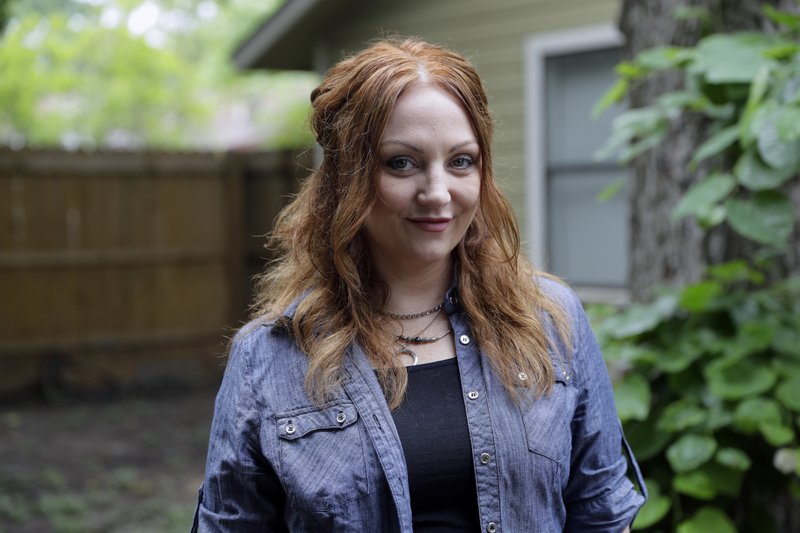Experts believe Republican efforts to replace President Barack Obama's health care law, the Patient Protection and Affordable Care Act, will increase the number of uninsured and derail the push to bring people into the health care system, which many doctors and health policy researchers see as essential to reducing some costs and improving quality of life.
Promoting preventive care often means overcoming problems that include making it to the doctor, a mistrust of the health care system or language barriers.
"The public shouldn't think magically that this is something that's going to turn on a dime because you've just given an adult who's spent 38 years without insurance [coverage] for the first time," said Dr. Jay Shannon, chief executive officer of Chicago's Cook County Health & Hospitals System.
The GOP health plan that passed the House this month proposes cuts to the state-federal Medicaid program that covers the poor. That includes ending extra federal payments to 31 states that expanded Medicaid to cover more people.
[INTERACTIVE: Compare new health care bill with Affordable Care Act]
A recent projection from the nonpartisan Congressional Budget Office estimated the House bill would result in 23 million additional people going without insurance in 2026.
Medicaid's expansion boosted the bottom line -- and number of insured patients -- at Cook County Health & Hospitals System, one of the nation's largest public health systems. In response, it has created teams of doctors, nurses and other medical staff to guide new Medicaid patients through the maze of primary care and connect them with specialists, too.
The hospital system has seen a drop in emergency department visits tied to chronic illnesses like high blood pressure, diabetes or asthma since the Affordable Care Act expanded coverage, while overall visit levels have stayed the same.
Primary care practices around the United States are seeing an uptick in returning patients. About 40 percent of the 190,000 Medicaid patients new to practices monitored by the technology firm athenahealth have returned for four or more visits in 18 months after making an initial trip in 2014 or the first half of 2015.
Repeat visits are critical for doctors working with patients to better monitor chronic conditions or improve their overall health. By building a relationship, a doctor can monitor a diet plan or quickly spot changes in things such as blood pressure that may be a sign of an underlying problem.
"That's the biggest challenge in getting people to engage in care, is that building of trust," said Laurie Martin, a senior policy researcher at Rand Corp.
Insurers such as Medicaid specialist Molina Healthcare will call new customers to help them pick a primary care doctor for an initial visit. The insurer also works with patients to make sure they have transportation and reminds them of follow-up appointments or the need for screenings such as mammograms.
Others are working through insurance to draw into the health care system patients who don't speak English. Cover Missouri and International Institute provide free consultations in several languages to help people feel comfortable using their coverage. They've printed a fact sheet in 11 languages to walk consumers through basics like how to read an insurance card.
Even with insurance, many patients still face challenges accessing care. Some have to travel long distances to see a doctor, a big barrier if they don't have a car. People with low incomes also frequently change phone numbers, which makes it hard for a doctor's office to stay in touch, said Allison Madden, assistant vice president of care management at Community Health of South Florida.
The clinic helped Fay Laffitte, 57, receive regular diabetes care after she went uninsured for five years. The home health aide from Homestead, Fla., didn't have coverage through work and frequently skipped doctor appointments because she couldn't afford them. By the time she got insurance with the help of a subsidy, her blood sugar was out of control and she had to go on insulin.
She takes it twice a day and sees her doctor monthly to keep her disease in check. Laffitte says knowing she has the insurance is like breathing a sigh of relief.
"I don't have to worry about my health," she said. "I can afford to get the medicine and take it and be all right."
A Section on 05/29/2017
